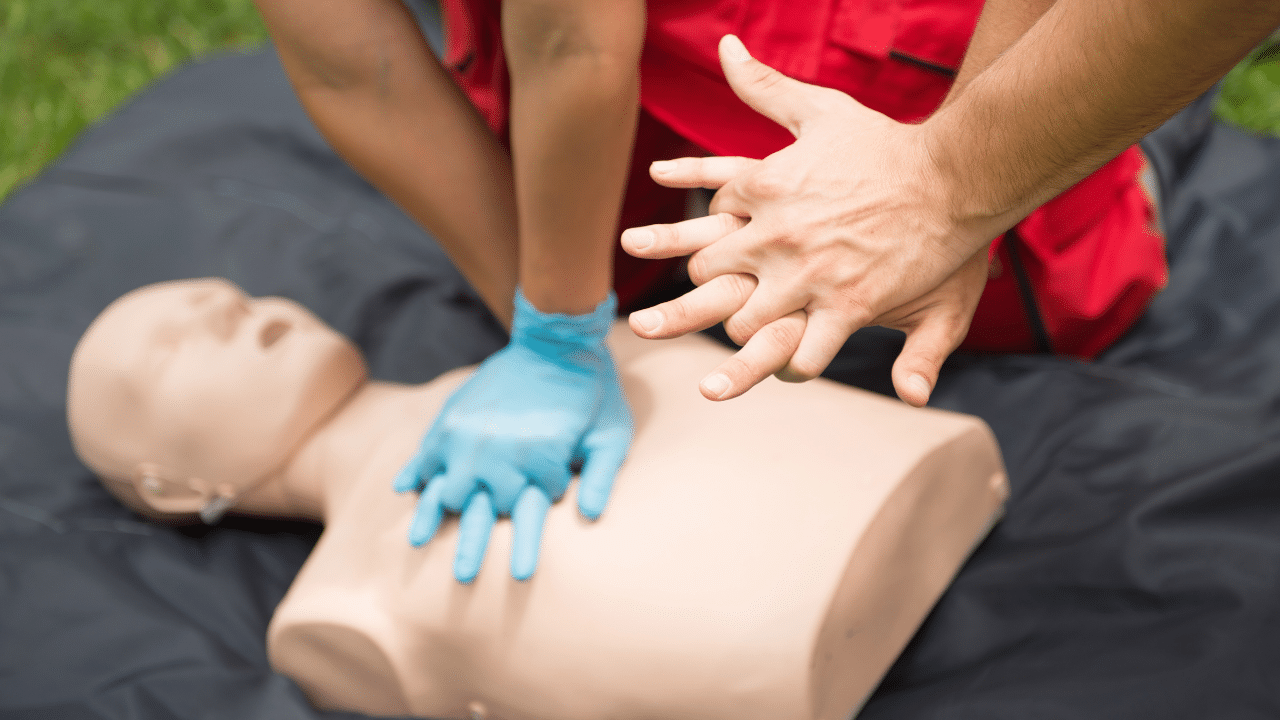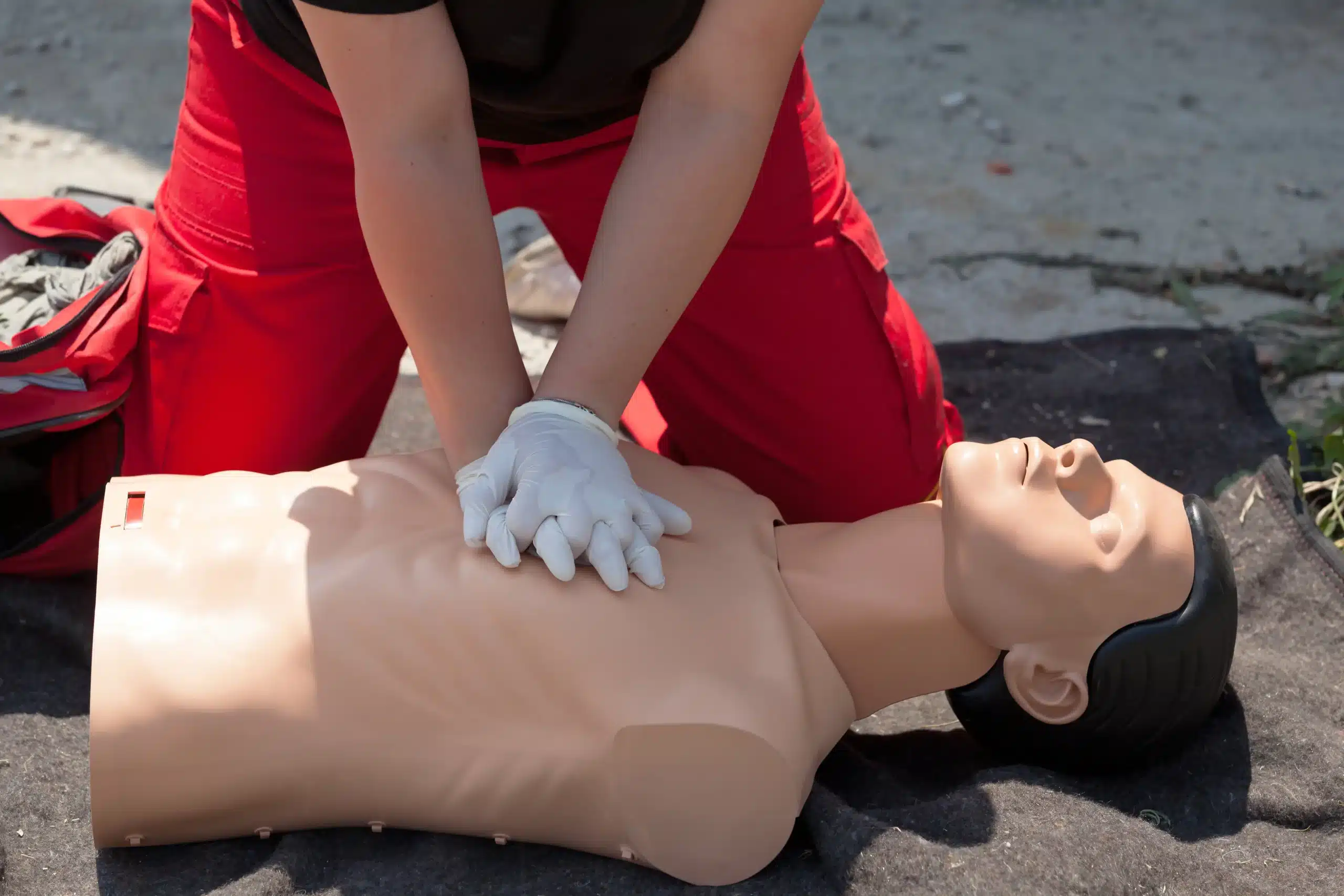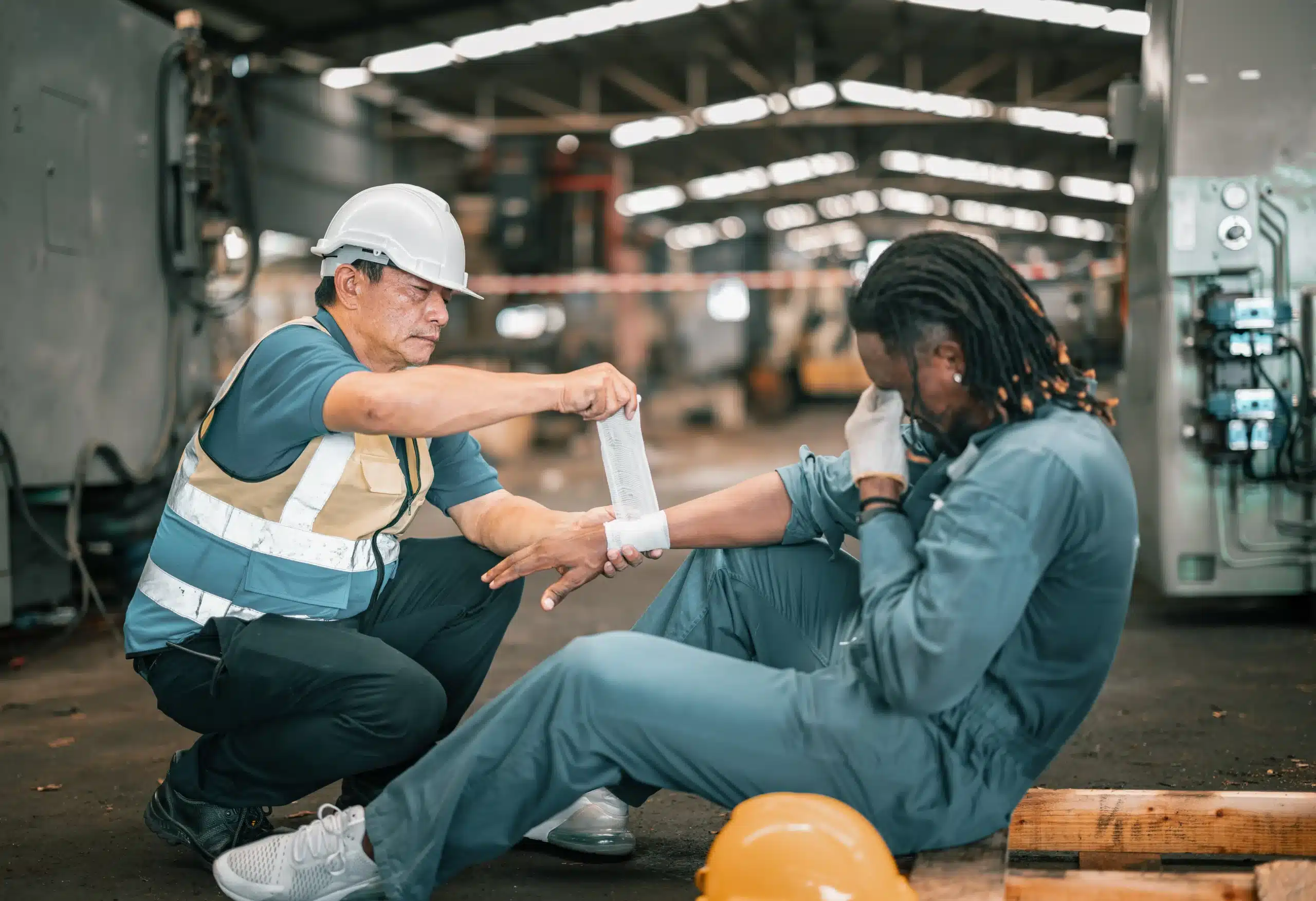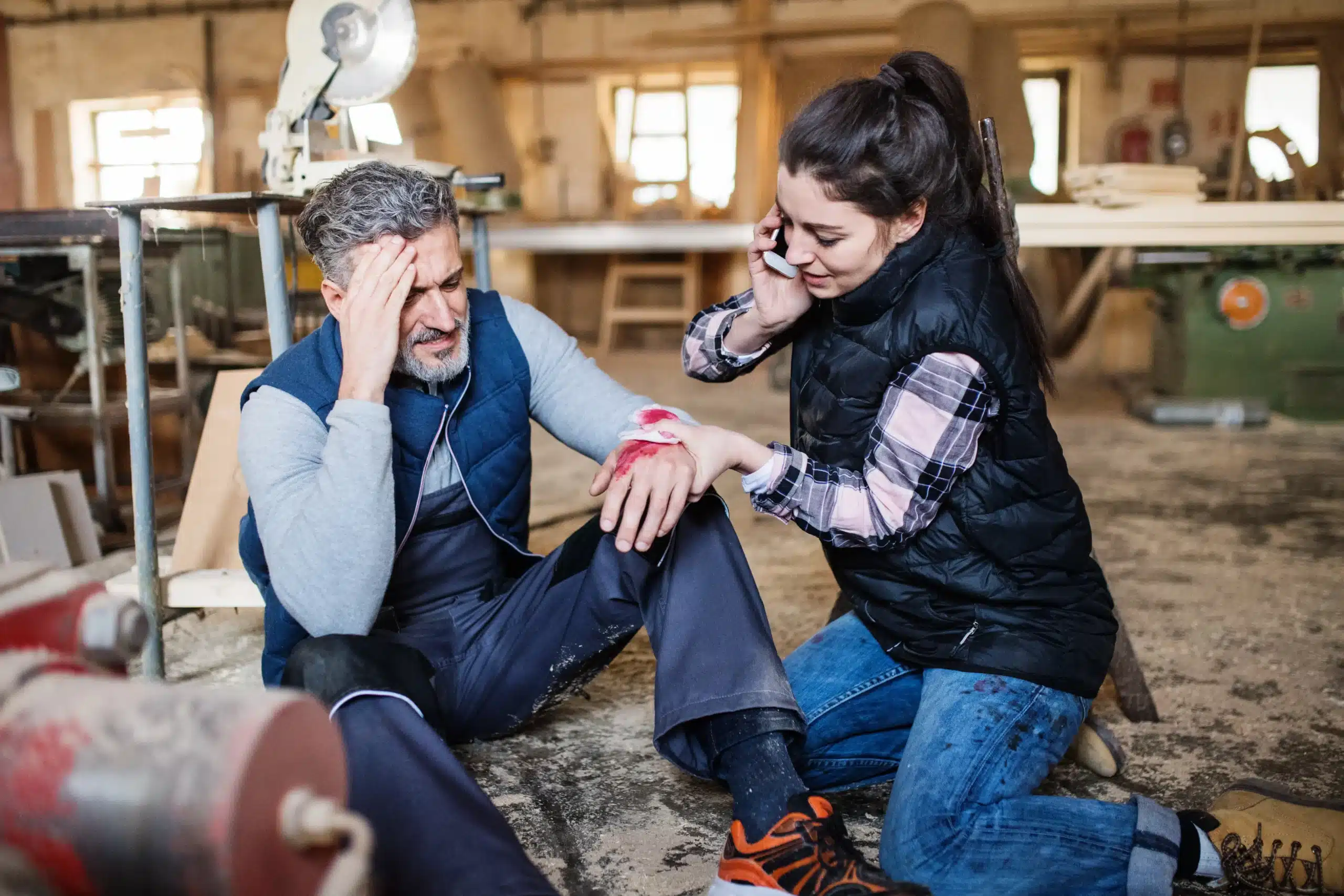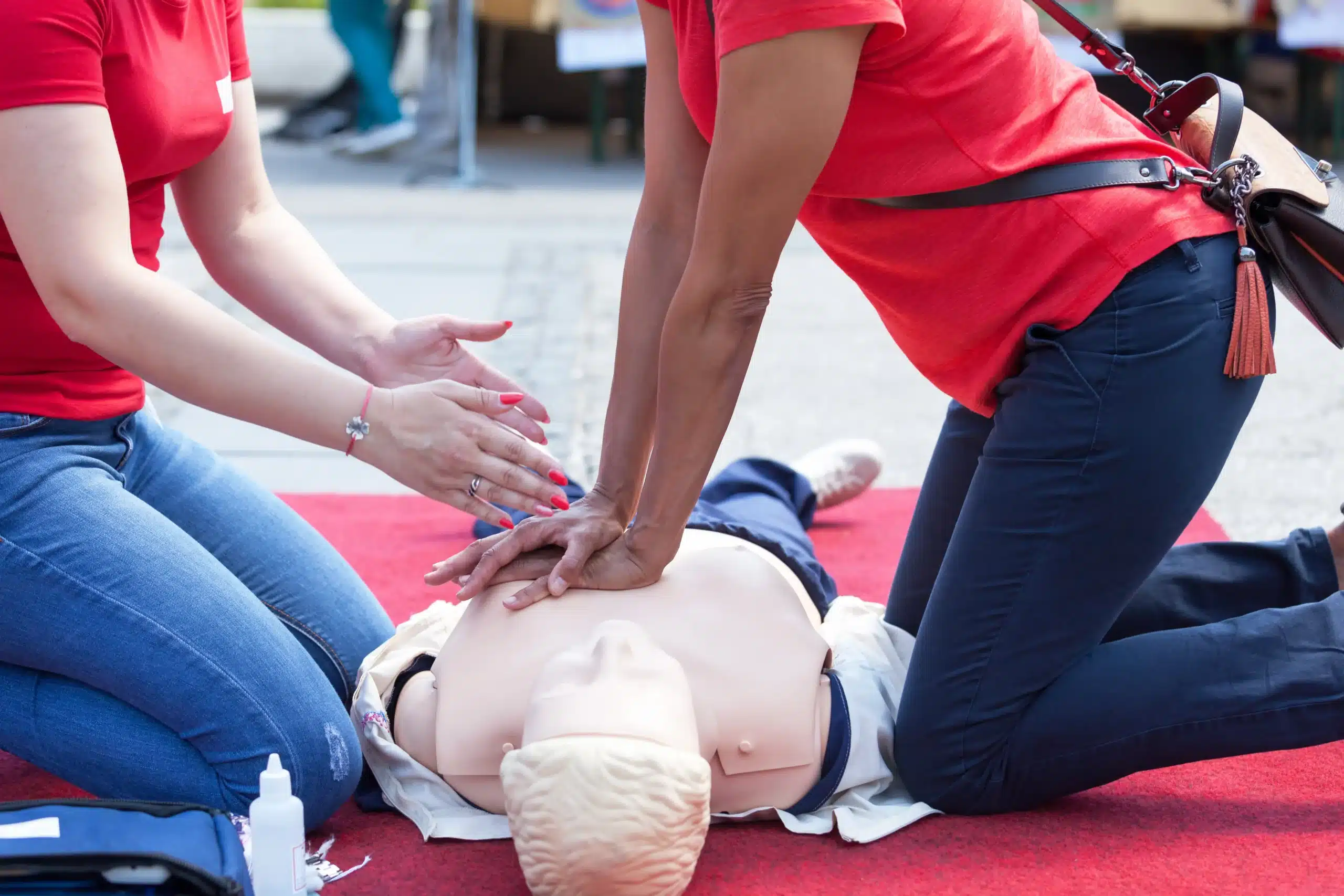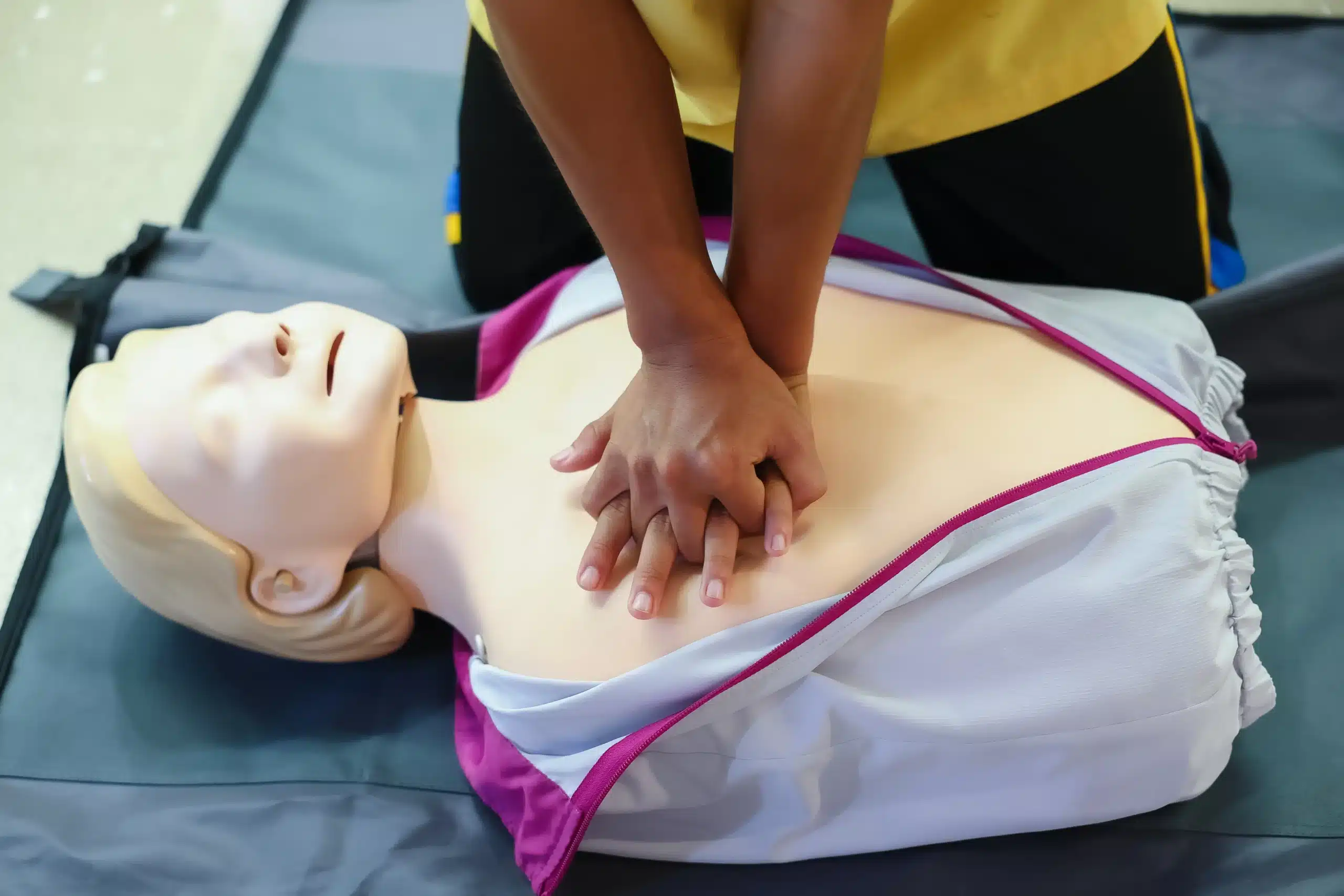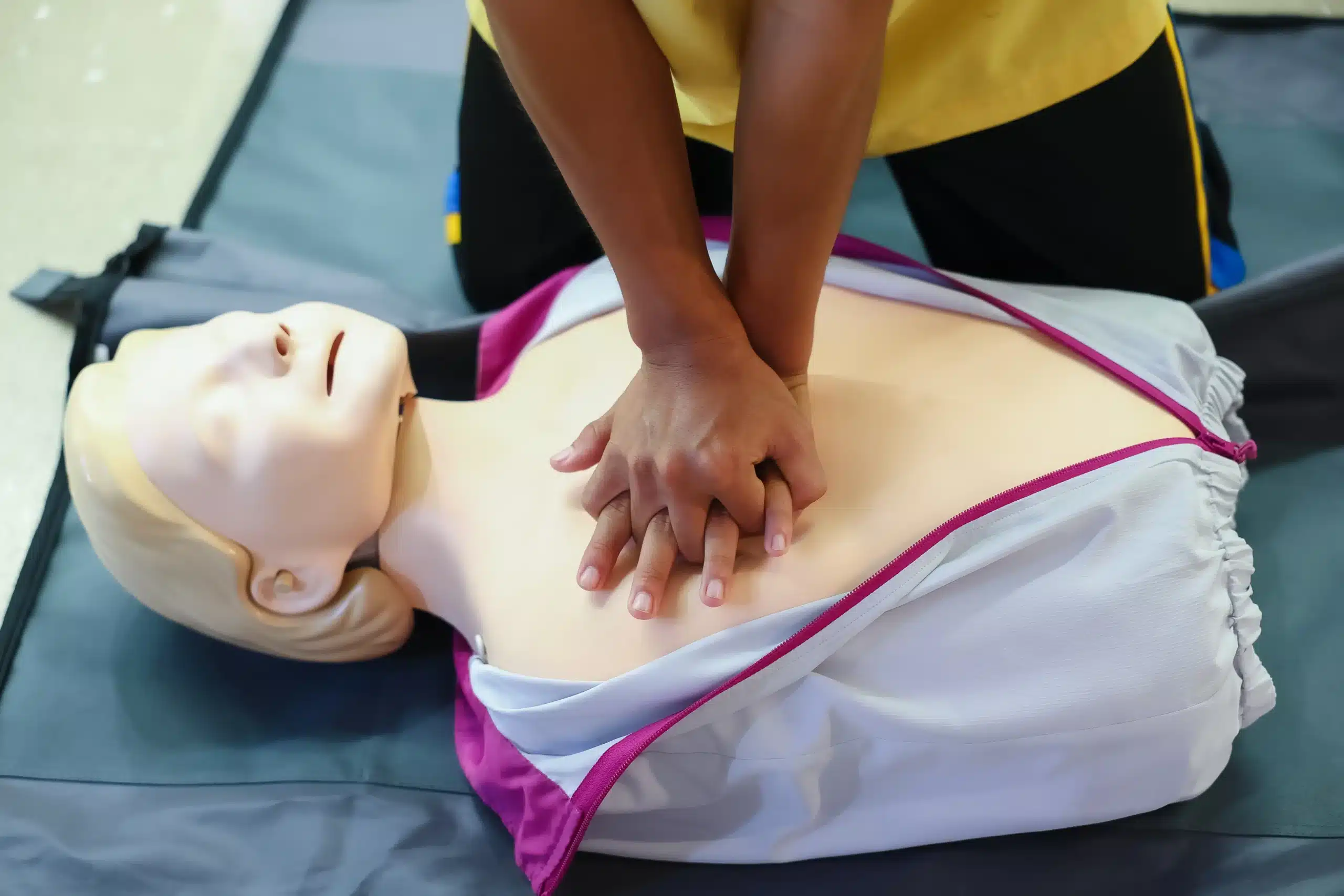Cardiopulmonary resuscitation (CPR) is a critical emergency procedure that can save lives by maintaining circulation and breathing in a person who has gone into cardiac arrest. The history of CPR training is a fascinating journey of medical advancements, innovative techniques, and widespread public education. This article delves into the origins, development, and modern practices of CPR training, highlighting key milestones that have shaped its evolution.
Early Beginnings: The Roots of Resuscitation
The concept of resuscitation dates back to ancient times. Early methods included primitive techniques like blowing air into a patient’s mouth or using bellows to inflate the lungs. These methods were based on the understanding that breathing was essential for life but lacked a scientific foundation.
One of the earliest recorded instances of resuscitation occurred in the 16th century when Swiss physician Paracelsus suggested inflating the lungs of drowning victims using fireplace bellows. In the 18th century, the Royal Humane Society of London promoted resuscitation techniques, including mouth-to-mouth ventilation and chest compressions, to revive drowning victims (cpr.heart.org).
The Birth of Modern CPR: The 20th Century
The modern era of CPR began in the mid-20th century with significant contributions from several pioneering researchers and medical professionals. In the 1950s, Dr. James Elam and Dr. Peter Safar conducted groundbreaking research on mouth-to-mouth resuscitation. Their work demonstrated that expired air ventilation could effectively oxygenate a patient’s lungs in respiratory arrest (cpr.heart.org).
The next major breakthrough came in 1960 when Dr. William Kouwenhoven, Dr. James Jude, and Dr. Guy Knickerbocker developed the technique of closed-chest cardiac massage, now known as chest compressions. Their studies showed that rhythmic chest compressions could maintain blood circulation during cardiac arrest, even without artificial respiration(cpr.heart.org).
The First CPR Training Programs
The development of CPR techniques, deeply rooted in the history of CPR, led to the establishment of the first formal CPR training programs. In 1966, the American Heart Association (AHA) launched its first CPR training courses aimed at healthcare professionals. These courses combined mouth-to-mouth ventilation with chest compressions, creating the foundation for modern CPR training (cpr.heart.org).
Recognizing the need for broader public education, the AHA began offering CPR courses to the general public in the 1970s. These courses were designed to teach laypeople how to perform basic life-saving techniques, empowering bystanders to take action during cardiac emergencies. The Red Cross also played a crucial role in promoting CPR training, offering courses and certification programs across the United States (American Red Cross).
Advancements in CPR Training: The 1980s and 1990s
The 1980s and 1990s saw significant advancements in CPR training, driven by ongoing research and technological innovations. One notable development was the introduction of automated external defibrillators (AEDs). AEDs are portable devices that can deliver an electric shock to restore a normal heart rhythm in patients experiencing ventricular fibrillation or pulseless ventricular tachycardia.
The integration of AED training into CPR courses revolutionized emergency response. The combination of CPR and defibrillation greatly increased the chances of survival for cardiac arrest victims. The AHA and Red Cross incorporated AED training into their programs, emphasizing the importance of early defibrillation in the chain of survival (American Red Cross).
During this period, CPR guidelines and protocols were continually updated based on emerging scientific evidence. The AHA released its first comprehensive guidelines for CPR and emergency cardiovascular care (ECC) in 1974, with subsequent updates in 1980, 1986, and 1992. These guidelines standardized CPR techniques and ensured consistency in training and practice across different organizations (cpr.heart.org) (American Red Cross).
The Digital Age: Online and Simulation-Based Training
The advent of the internet and digital technology in the late 20th and early 21st centuries brought new opportunities for CPR training. Online courses and e-learning platforms made CPR education more accessible to a global audience. These digital resources allowed individuals to learn CPR at their own pace and convenience, breaking down geographical barriers and expanding the reach of lifesaving training.
Simulation-based training also gained popularity during this time. High-fidelity manikins and virtual reality (VR) simulators provided realistic scenarios for learners to practice CPR skills in a safe and controlled environment. These advanced training tools enhanced the effectiveness of CPR education, enabling learners to gain hands-on experience and build confidence in their abilities.
Contemporary CPR Training: Focus on Accessibility and Inclusivity
In recent years, there has been a growing emphasis on making CPR training more accessible and inclusive. Community-based programs and public awareness campaigns have been instrumental in promoting CPR education among diverse populations. Organizations like the AHA and Red Cross continue to offer free or low-cost CPR courses, ensuring that lifesaving skills are available to everyone, regardless of their socioeconomic status (American Red Cross).
Moreover, CPR training has been integrated into various settings, including schools, workplaces, and community centers. Legislative efforts in some regions have mandated CPR training for high school students, recognizing the potential of young people to act as first responders in emergencies. This approach not only equips students with vital skills but also fosters a culture of preparedness and resilience within communities (University of Houston).
The Impact of CPR Training: Lives Saved and Future Directions
The impact of CPR training on public health cannot be overstated. By empowering individuals to perform CPR, countless lives have been saved over the decades. Immediate bystander CPR can double or triple the chances of survival for cardiac arrest victims, underscoring the importance of widespread CPR education (cpr.heart.org)
Looking ahead, the future of CPR training will likely continue to evolve with advancements in technology and medical research. Emerging trends such as the use of artificial intelligence (AI) in training simulations and the development of more portable and user-friendly AEDs hold promise for further enhancing the effectiveness of CPR education. Additionally, ongoing efforts to address disparities in access to training and improve inclusivity will ensure that more people are equipped with the skills needed to save lives.
Health Pro’s Verdict About the History Of CPR
The history of CPR training is a testament to the power of education and innovation in improving public health. From its early beginnings to the modern era of digital and simulation-based training, CPR education has continually adapted to meet society’s needs. As we move forward, continued advancements and efforts to make CPR training accessible to all will play a crucial role in building a safer and more resilient world.
By understanding the evolution and history of CPR training, we can appreciate the progress made and the importance of ongoing efforts to educate and empower individuals to act in emergencies. The legacy of CPR training is one of hope, resilience, and an enduring commitment to saving lives.


